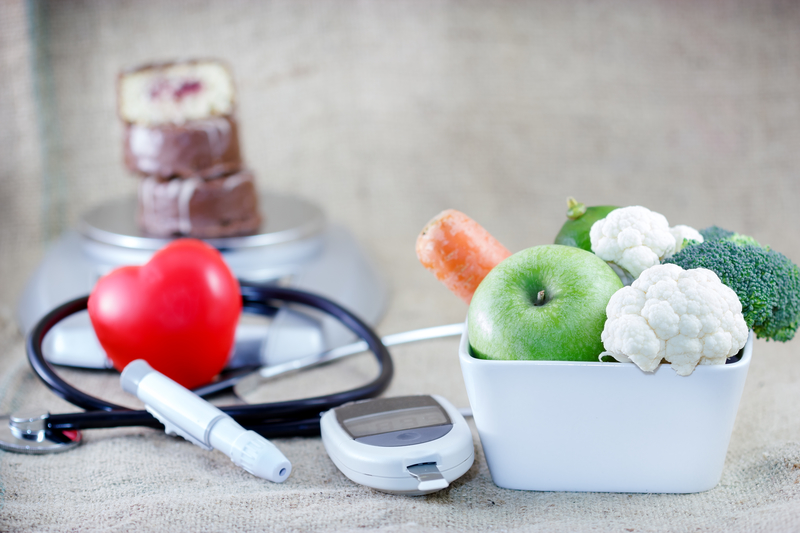Diabetics have had to prick their fingers for years in order to monitor their blood sugar. Thanks to modern science, a prick-free future may be on the horizon in the world of diabetes.
In recent years, researchers have discovered multiple prick-free options so diabetics can have alternatives. The problem is that the pain of finger pricks discourages many people with diabetes from managing their blood sugar.
As many as 67 percent of people with diabetes may not comply with finger pricks because it is invasive and somewhat painful, according to an American Association of Pharmaceutical Scientists news release. However, those who neglect monitoring their health can run into serious diabetes-related complications. Low glucose levels can cause seizures and even death. High glucose levels can lead to cardiovascular disease, infections, nerve and kidney damage.
Monitoring glucose levels is getting easier thanks to a few new devices.
In September 2017, the U.S. Food and Drug Administration approved the first continuous glucose monitoring system that can be used without calibration using a blood sample.
The FreeStyle Libre Flash Glucose Monitoring System, manufactured by Abbott Diabetes Care, Inc., consists of a handheld reader and a sensor worn on the back of the upper arm. The sensor uses a thin filament, which is inserted just under the skin, to measure the glucose. Whenever the person is ready to use it, they simply use a handheld reader to scan the sensor.
“The FDA is always interested in new technologies that can help make the care of people living with chronic conditions, such as diabetes, easier and more manageable,” said Donald St. Pierre, acting director of the Office of In Vitro Diagnostics and Radiological Health and deputy director of new product evaluation in the FDA’s Center for Devices and Radiological Health. “This system allows people with diabetes to avoid the additional step of fingerstick calibration, which can sometimes be painful, but still provides necessary information for treating their diabetes—with a wave of the mobile reader.”
The device can be worn for up to 10 days, making it the longest lasting personal glucose sensor available in the country. The sensor even works through clothing, too. The entire design is focused on convenience for diabetics.
"At Abbott, we are continuously challenging ourselves to ensure our innovative technology is accessible to the majority of people who need it," said Jared Watkin, senior vice president, Diabetes Care, Abbott, in a news release. "CMS's recognition of this revolutionary health technology, which removes the need for any user calibration, is ultimately going to empower Medicare beneficiaries with diabetes to live better, healthier lives."
Another game changer for diabetics is a blood glucose monitoring breathalyzer.
Ronny Priefer, Ph.D. and Michael Rust, Ph.D., at Western New England University developed a small device that people blow into to easily check their blood glucose levels.
The breathalyzer detects acetone, which has been linked to high blood glucose levels in the breath, and then instantly correlates it to a blood glucose level. Patients then use this to find out how much insulin they need.
"We believe this technology will be a great improvement in the lives of people with diabetes," Priefer said in a news release. "It is the first non-invasive medical device for detecting and monitoring diabetes by connecting one's acetone levels with their blood glucose. We believe it is a necessary alternative to the finger-prick approach for people living with type 1 and type 2 diabetes."
These two new devices are just a couple ways technology is changing the way we care of our health.

